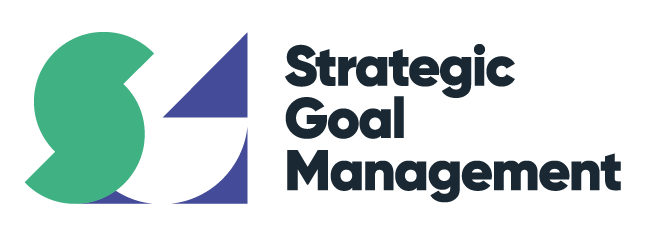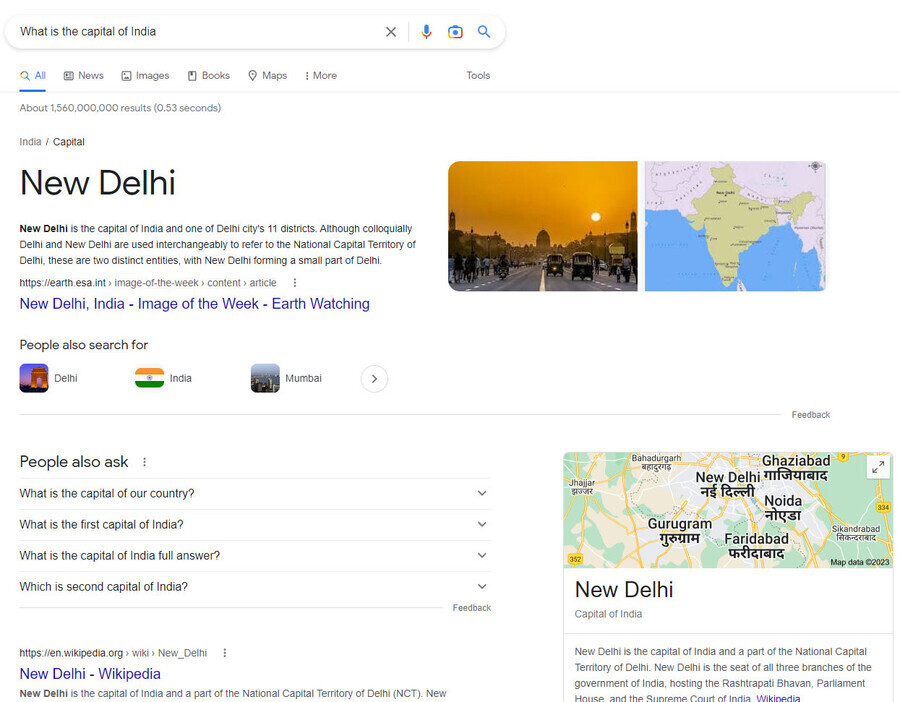SEO is usually a big headache for most businesses, because it takes a lot of time and effort, to get it right.
If you break it down, it’s actually not as difficult as it may seem.
Below, I have done my very best to detail the fundamental SEO steps to achieve higher Google rankings. These are split in to 2 main categories - On-site SEO and Off-site SEO.
On-site SEO
Site architecture
The first thing Google (and other search engines) will do is look at your website architecture. Imagine that you are a search engine, you are blind, and are trying to navigate your way around code, navigation menus and content links.
Your entire architecture of your website needs to be not only easy to read as a human, but also a search engine.
Meta tags
Ensure all of your key pages are optimised with your primary keyword phrases which you would like to be found for. This includes adding your optimised keyword phrases in your title and description meta tags that are found in your <head> tag in your HTML code.
Headings
Headings are very important for 2 reasons. Firstly, they help to break up long paragraphs of text and also help your website visitors to find certain topics they are interested in, when they are skim-reading your web pages.
Be sure to add heading tags in the correct order, flowing down the page, H1 through to H6. H1 being the most important headings.
Copy
In the marketing world, they say ‘Content is King’. This is especially true for SEO. And if content is king, then link building must be queen. They go hand in hand. See more on link building below.
Site speed
From a technical point, make sure your site is speedy. If it takes forever for your web pages to load, Google will penalise against this and you wall drop down the rankings.
User experience
User experience is growing more and more popular. Google now ranks a website based on your website visitors’ experience. This means, if they spend more time on your site, and less time clicking the browser back button or exit window button, this is a good sign for Google that your site is engaging for your visitor, and in return, they will bump up your rankings.
Off-site SEO
Domain authority
Website or domain authority is the value that Google associates with your site. This is based on the quality of the websites that are linking to you, plus various other factors, such as your user experience, as detailed above.
Page rank
Similar to domain authority but based more on a page by page basis, page rank is an algorithm that Google uses to determine how good a specific page on your site is. Again, like domain authority, this is based on various factors, one of the main factors being the quality of the sites that link to your page. See more on link building below…
Link building (blogs,forums,mags)
Link building is a crucial part to SEO. It is the main indicator for Google on how to rank your site. Think of it this way, if you have lots of spammy sites linking to you, Google marks that against you. If however, you have lots of highly relevant, topical, useful, high quality / high traffic websites linking to you, Google will give you more credit for this. So the strategy here, is to make sure you build relationships with relevant websites in your industry and build a strategy to create more links.
Social signals
Social media is here to stay. Social media platforms are growing day by day, and introducing new features and new ways to promote your content. Google looks are your social media engagement (shares, likes, comments) and determines how well it is performing. This is part of the social signals SEO indicator which helps Google rank websites over others.
Rich snippets
As technology advances, our human habits will changes. For example, people are now starting to use voice search (Alexa), image and video search, and using terms such as ‘where is my nearest plumber’. These snippets of code need to be embedded onto your site in order to optimise your pages for these search terms.
Summary
SEO can be a bit of a minefield, but with a bit of effort and the right strategy, there’s no doubt it can be achieved.
Start with your on-site strategy and then once you have the foundations in place, you can then start to outreach and build your off-site SEO strategy.
I hope this helps.
Gary B.






